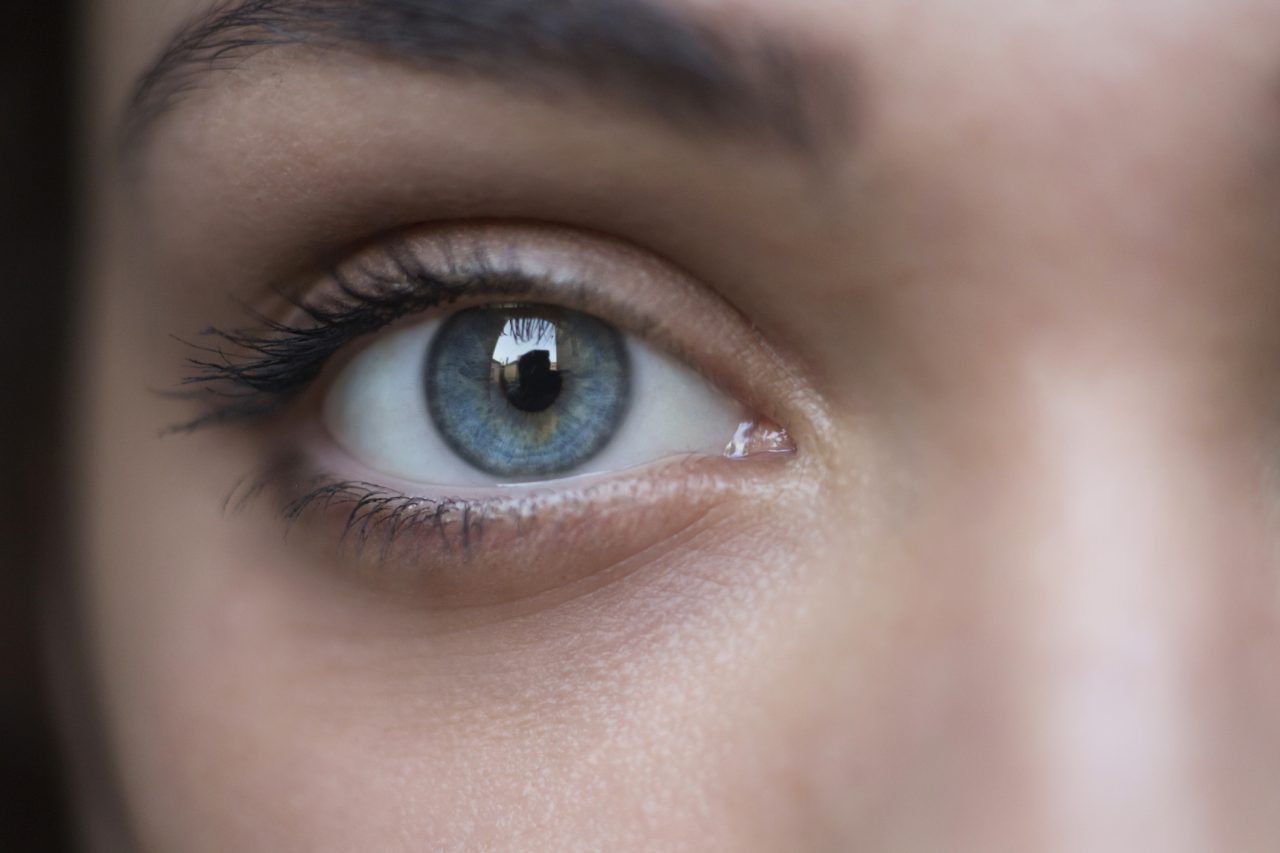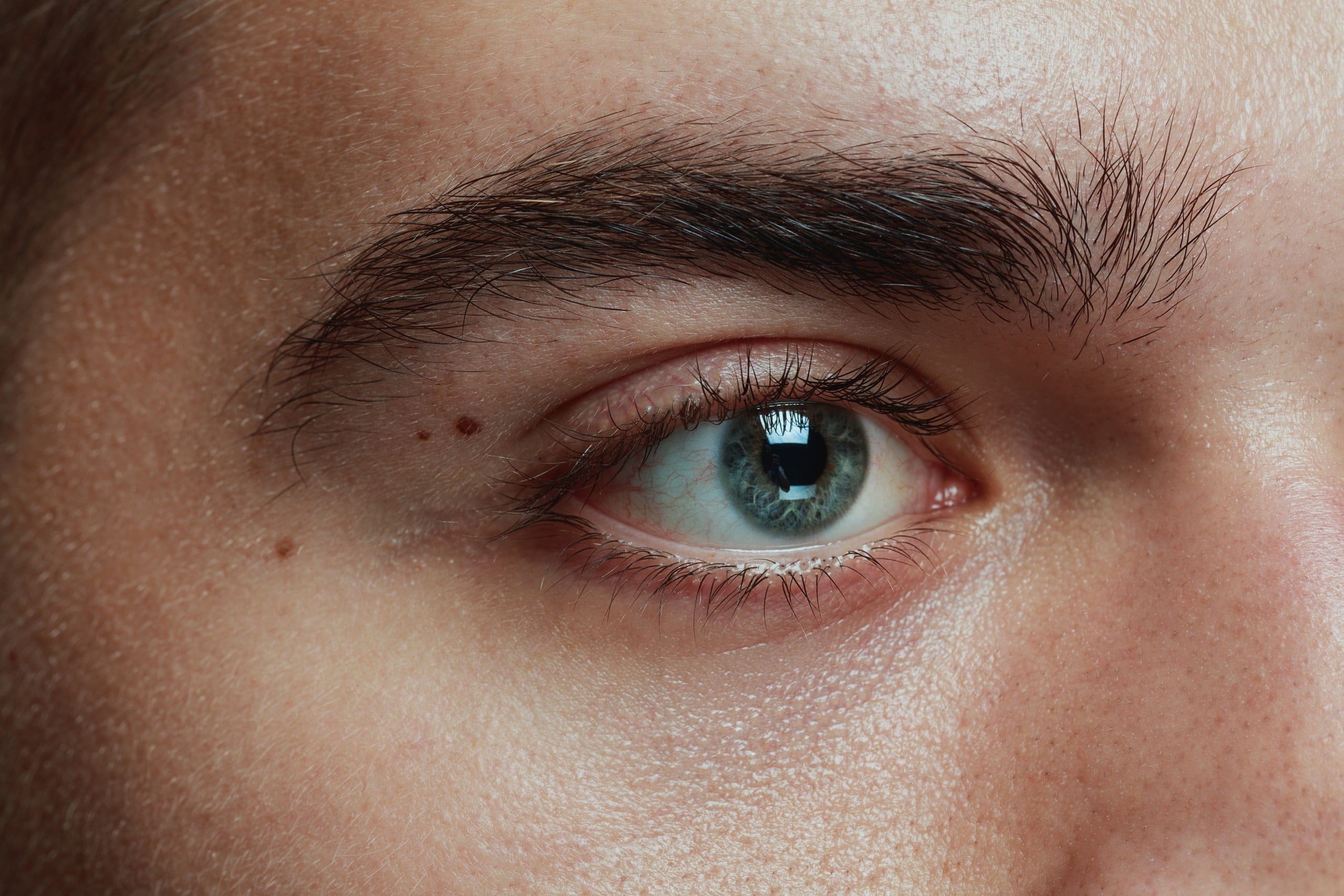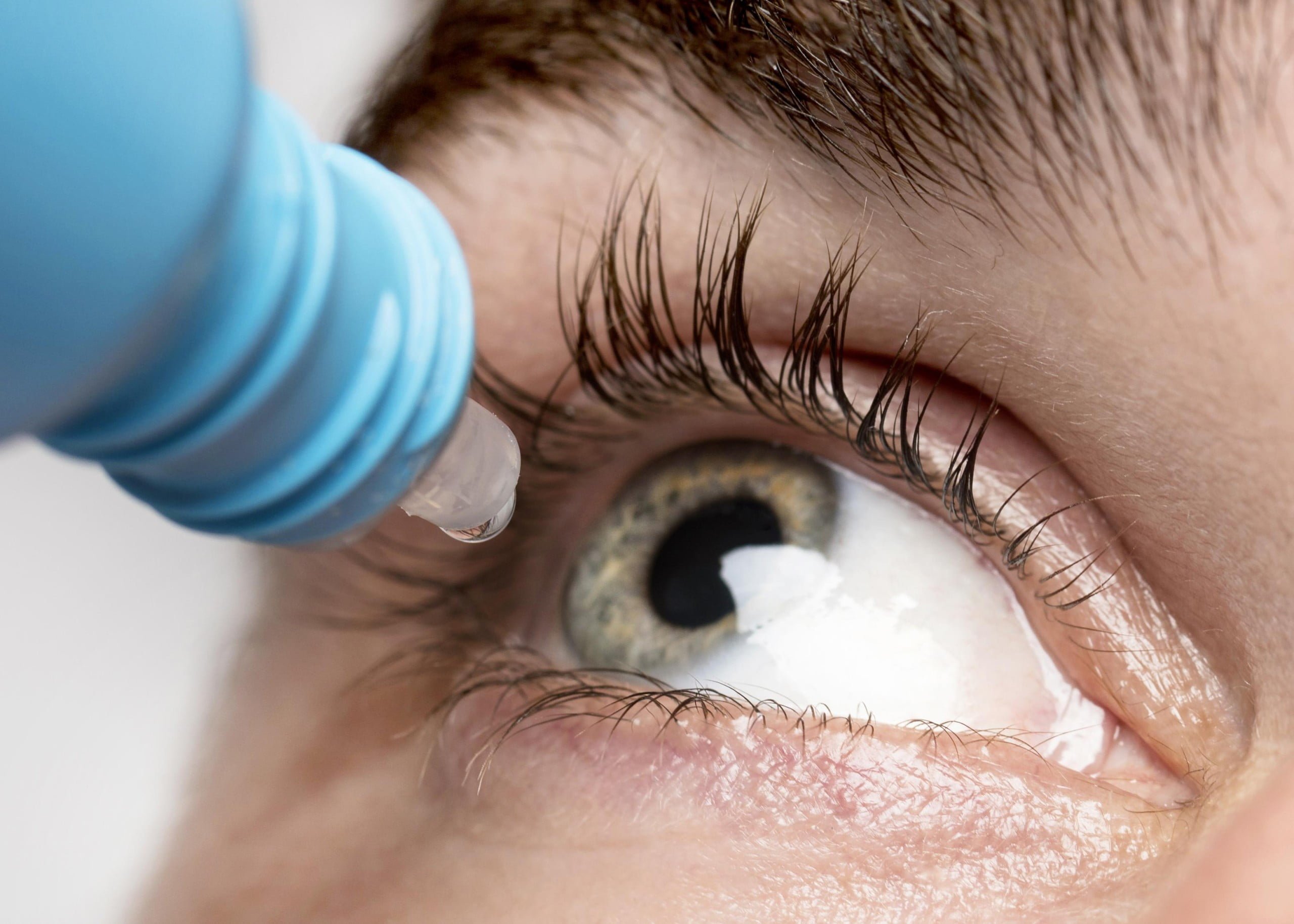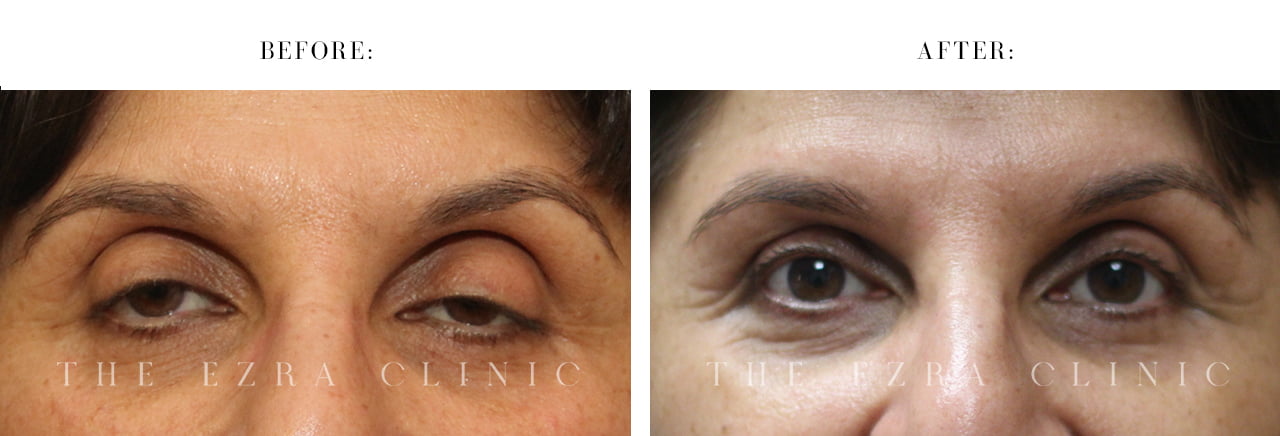FAQ
How to prevent droopy eyelids?
Preventing ptosis, mainly due to genetic factors or natural ageing, can be challenging. However, maintaining overall eye health can help. This includes regular check-ups with an eye specialist, appropriate eye protection to avoid trauma, and managing any underlying conditions that could affect the muscles around the eyes, such as diabetes or myasthenia gravis.
While preventing the eyelid muscle from weakening is impossible, these proactive measures can help maintain eyelid function for as long as possible.
Why are my eyelids drooping?
Eyelids may droop due to several factors, including congenital conditions, the natural aging process, and muscle and nerve conditions. If the levator muscle—the muscle that lifts the upper eyelid—becomes weakened or damaged, it can cause the upper eyelid to droop. Diagnosing the underlying cause of ptosis symptoms accurately is essential to determining the appropriate treatment.
Is droopy eyelids surgery painful?
Ptosis surgery to treat droopy eyelids is performed under local anaesthesia with sedation, which means you’ll be awake but won’t feel any pain during the procedure. Discomfort after the surgery is usually minimal and can be effectively managed with prescribed pain relievers. Our clinic ensures that every measure is taken to minimise discomfort and provide a smooth, supportive recovery experience.
How long is recovery from ptosis surgery?
Recovery time from ptosis surgery can vary depending on the individual and the extent of the procedure. Generally, patients can expect to return to normal activities within a week, although complete healing might take a few weeks. During the first few days, it is expected to experience some swelling and bruising, which gradually subsides.
How much does droopy eyelid surgery cost?
Costed on an individual basis, but procedures on one side start from approximately £2,500.
How to pronounce ptosis?
The word “ptosis” is pronounced as “TOE-sis.”
What complications may occur during ptosis surgery?
Although ptosis surgery is generally safe, like any surgical procedure, it carries potential risks and complications. These may include:
Infection
Rare, but can be managed with antibiotics.
Scarring
It is minimal and usually within the eyelid’s natural crease, making it less noticeable.
Asymmetry
Sometimes, the height and shape of the eyelids may not be perfectly symmetrical immediately after surgery, both in terms of lid height and also lid contour.
Overcorrection or undercorrection
Adjustments may be necessary if the eyelid is too high or too low.
Bleeding or hematoma
While uncommon, any bleeding can usually be controlled during the procedure.



